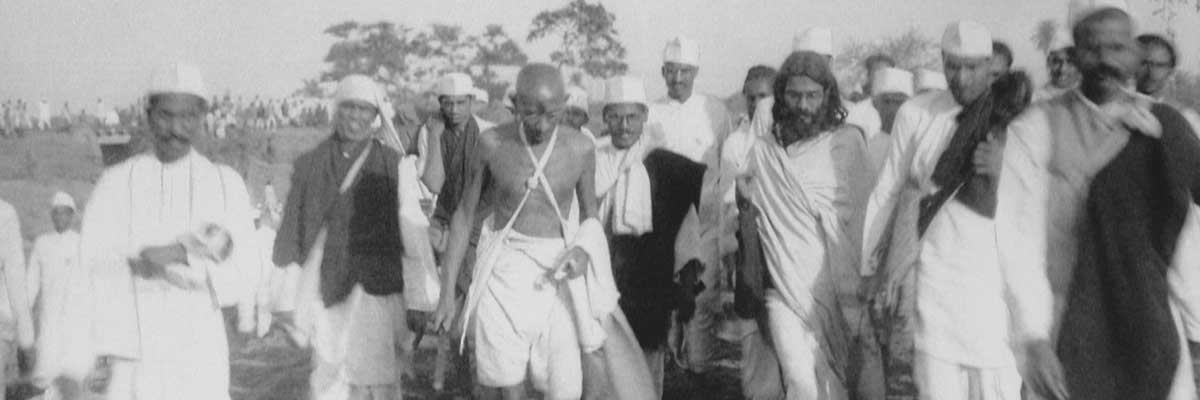Paul Greenough, professor of history of modern India and environmental and global health history at the University of Iowa, has long been aware of CRL and its collections: as an undergraduate at the University of Chicago, he used CRL for his research. He talked to CRL about his experience using its resources as a professor.
“In my courses and in this department, we try to give undergraduates an overview of the arc of Indian history, trying to bring students very close to actual historical events,” he described. In spring 2012, Professor Greenough taught an undergraduate course called “Imperialism & Modern India”. “What I had picked out was a famous clash between Mahatma Gandhi and B. R. Ambedkar, leader of the Dalits (a.k.a. ‘Untouchables’) and their struggle over new constitutional arrangements for voting that had been introduced by the British colonial government.” Students had to consult primary sources in the form of newspaper accounts from the time, including two Indian papers and two European or American papers to get a range of opinion. (Gandhi’s announcement threatening he was going to “fast to death” in protest over the voting arrangements made news around the world. He fasted from September 20– 26, 1932.)
Professor Greenough described the role of Edward Miner, international bibliographer for the University of Iowa library, as instrumental to the success of the course. Miner served as liaison between Professor Greenough and CRL, and he was proactive in identifying the newspapers from the period, discovering what CRL had in English, and arranging to have it digitized. “I was very grateful that CRL digitized these materials, which they may not have had plans to do originally. Students could then access the materials through the class website at all hours, rather than being required to visit the library and look them up on microform,” Greenough explained. Miner also held a special class in the library about how to use primary sources at CRL and at other archives, enabling the students to find and use the best possible sources in their research.
As Greenough stated, “There are over 11,000 newspapers currently being published in India. Newspapers are still extremely important there, even if it is a very plugged-in, tech savvy country. There’s never a lack of material, it’s locating the finding aids for the excess of materials where researchers need assistance.”
